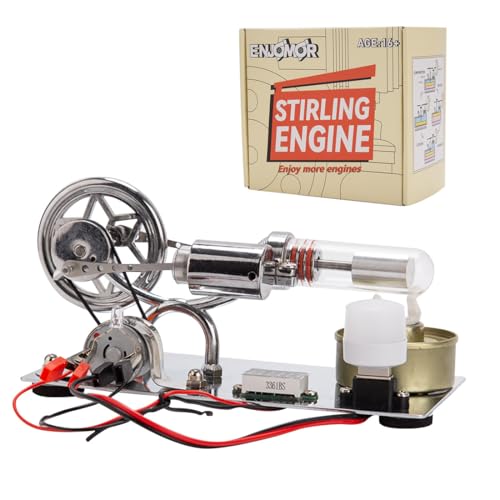Hi Milton
Thanks for the compliments, I have never had training with lathe or mill machine work, I am retired from electrical contracting in industrial and commercial buildings, also did some domestic house wiring on new builds for several years.
Used to fly R/C model airplanes, racing them round a triangular shaped course for 10 laps which was 4km distance, the engines used in the planes are 2 stroke glow plug ignition, those I used were rear exhaust and rear induction, no carb as motors run full bore for the duration of the race, landings were done dead engine. My first venture into machining was with a Portass lathe to make various parts for the racing engines, used a vertical slide on the lathe for a few years for milling and eventually bought a big old Victoria U1 universal mill, horizontal, vertical and slotting was possible with that machine. Changed to a Myford 7 and then to a Colchester Bantam which I still have but it doesn't get much use as I have an Emco Compact 5 cnc lathe, a Denford Orac cnc lathe and an Emco F1 cnc milling machine, Both Emco machines are used as original prgramming method which suits my use, either can have a simple program entered and running in less time than my computer takes to be ready to work.!!
I am using the Orac in the original form, DOS based programming or manually entering the G & M codes needed, I do have a computer connection with the machine for loading or saving programs, this works OK for me as I only use for a hobby. I am still setting tool offsets in the program as I have a job that has 3 tools working, will post some pics of this when completed.
If you are considering making a Turret I would advise you to increase the diameter so giving greater clearance of the 4" chuck and any projecting jaws, other than that the turret is a real bonus.
Regards from the UK, Emgee







































![MeshMagic 3D Free 3D Modeling Software [Download]](https://m.media-amazon.com/images/I/B1U+p8ewjGS._SL500_.png)
























![DreamPlan Home Design and Landscaping Software Free for Windows [PC Download]](https://m.media-amazon.com/images/I/51kvZH2dVLL._SL500_.jpg)







